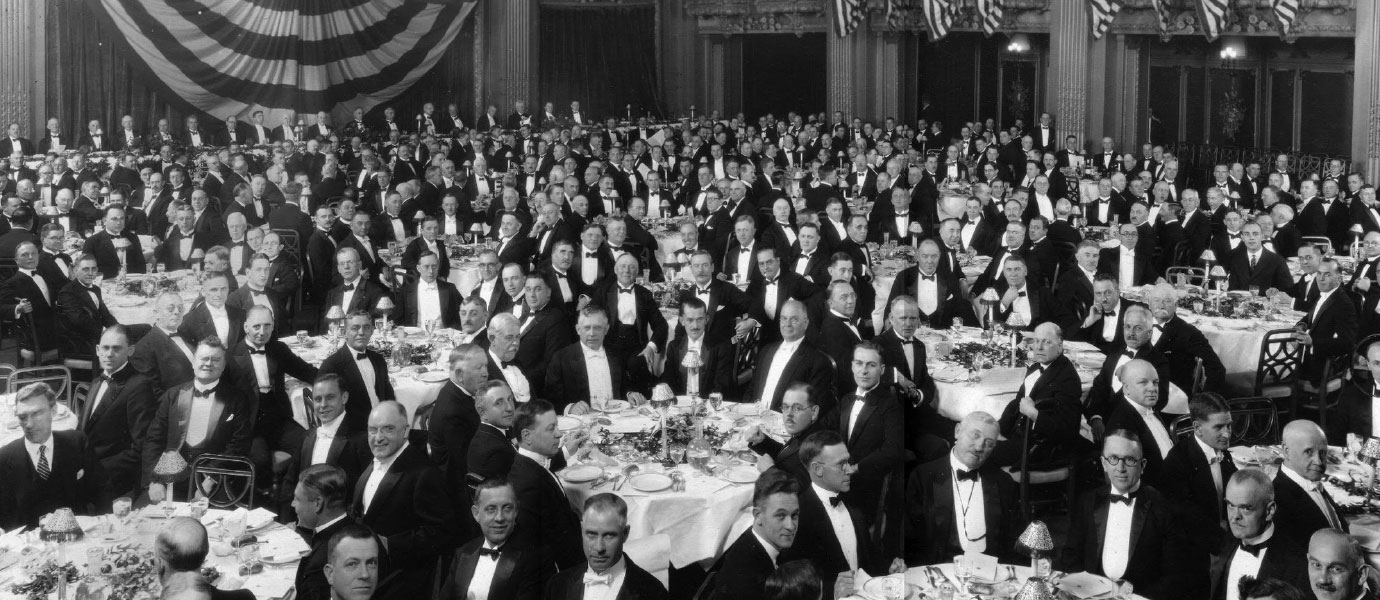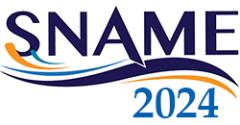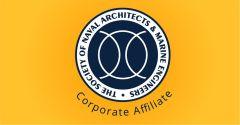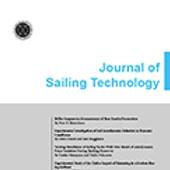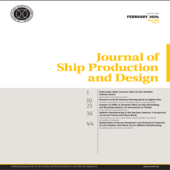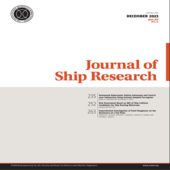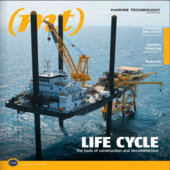Technical and research (T&R) | Bulletins and reports
The dynamic loads from liquid sloshing ship cargo tanks are discussed including a description of the test of sloshing phenomena and resulting pressures and forces that can occur in cargo tanks. A review of both experimental and theoretical studies for establishing resonant sloshing conditions and tank loading is given. Also, a review of recorded ship damages is presented along with recommended guidelines and criteria for designing liquid cargo tanks to withstand the dynamic loads attributable to liquid sloshing.
This report is an attempt to define, generally, the communications requirements of marine freight terminals and, given the state of the art, to suggest areas where research effort toward making improvements is indicated, it is based on the determination of the nature of the terminal's function and observation of the methods necessary to process freight through it. The indication is given of some systems that have been adopted to meet communications requirements and their cost.
The influence of rudder size and rudder angular on maneuvering performance of a typical large tanker (the 250.000 DWT type) was examined by digital computer motion simulations of turning and Z-maneuvers under open, deep water conditions, The mathematical model is based on hydrodynamic data obtained from captive model tests carried o“t in the rotating-arm facility. Ship response in turning and particularly in Z-maneuvers is improved by increasing the rudder angular velocity. The improvement is more significant at lower rudder angular rates and higher ship speeds. At rates greater than the present standard of 2.3 degrees per second, the improvement due to increased rate is less noticeable than at rates lower than standard. At ship speeds less than 16 knots the improvement is proportionately reduced until at modest maneuvering speeds such as 4 to 8 knots it becomes relatively insignificant. Increasing the rudder size from its design value has relatively little effect on turning performance but somewhat improves Z- maneuver response. In particular, the lateral overshoot of the ship trajectory is reduced with an increase in rudder size. The effect of the rudder rate shown in this study is for a typical 250,000 DWT tanker at the fully loaded condition and is largely affected by ship size and speed.
This Report provides information and guidance to designers and shipbuilders on the proper design precautions necessary in a machinery plant to prevent damage to the boiler and superheater during light-off. In addition, guidelines for operation and maintenance are provided, in order that the ship operator may continue to expect safe plant start-up throughout the life of his ship.
The Society of Naval Architects and Marine Engineers (SNAME), by the size and diversity of its membership, is in the unique position to coordinate research planning for the maritime industry. This report summarizes the activities of the Advance Planning Committee since its inception and recommends new directions for the Society.
T&R Report R-25: Results of a Survey on Shaft Alignment Procedures Used by American Shipyards (1978)
Although the importance of proper alignment of the propulsion shafting has been a well-publicized recent year, discussions among M-16 Panel members involved in all phases of shipbuilding and repair indicated that there still appeared to be some lack of knowledge surrounding the subject within the industry. In general, it was felt by the panel members that most designers of new ships were aware of the various alignment criteria for shafting systems and were designing new ships with shafting systems that met the criteria. However, it was noted that often in repair work, particularly in older ships the shafting systems were poorly designed and usually no data exists on the desired alignment. In addition, frequently the personnel performing the work are not aware of the importance of proper alignment.
For example, if no other information is available, a repair facility may realign a shaft system with all bearing on a straight line, whereas the original alignment called for some bearing to be offset to improve the load distribution and contact in the bearings or perhaps provide proper alignment with a reduction gear. In such a case, the straight-line alignment could result in wiped bearings, excessive gear wear, or perhaps a vibration problem.
The panel decided to conduct an alignment survey of American Shipyards. The questionnaire covers (1) the criteria used in evaluating shipboard alignment, (2)acceptable tolerances on alignment, and (3)methods used for measuring alignment.
The intent of this report is to make the results available to the industry in an effort that can be reasonably expected of a shipyard by a shipowner when an alignment check in necessary in a ship.
This report examines shipboard lifesaving systems, analyses present practices as far as performance is concerned, and makes recommendations for future lifesaving systems. Primary recommendations are that personal exposure protection should be increased and that better retraining in the use of lifesaving equipment is required.
With the energy element of vessel operating costs outstripping both the escalation rates and absolute values of nearly all other primary ship-connected expenses, little more needs to be said to underscore the importance of a comprehensive review of the maritime energy research problem. The urgency of energy conservation research has been diminished somewhat by current fluctuations in crude oil prices and availability, but long term trends continue to support the need, SNAME's T&R program has addressed a number of ways in which energy expenditure might be reduced. These include basic hull and propeller design, machinery component and cycle design, hull coatings, ship operations, the use of primary fuels, and alternative fuels and non-current sources of energy.
This report presents the Society's current assessment of ongoing and potentially useful programs. Although the emphasis is placed on programs expected to yield results applicable within a five-year period at most, a number of longer-term projects also are noted. The short term projects are recommended for review by appropriate panels of the T&R organization's Technical Committees and Panels in formulating their technical and research programs over the next several years. The longer-term projects are recommended both to the Technical Committees and Panels for the out years, and to the Advance Planning Committee for monitoring, as to continued need and ultimate action by the Technical Committees.
Over the last 25 years, the dramatic change from conventional to containerized cargo transport has resulted in major changes to terminal facilities, transport vehicles, container handling equipment, and required personnel skills. New sophisticated container ports represent major investments and require highly paid personnel. In spite of this, the terminal is the most efficient, and safe mode of transfer between water and land. Innovations in transport vehicles also provide increasingly safer and more efficient movement of cargo. However, the new cargo handling methods are not without problems. Personnel injury, damage, and loss of cargo and equipment are experienced during the transportation process as a result of human error, accidents, poor judgment, inadequate equipment, insufficient packaging, lack of training, and safety procedures, and pilferage. These problems all have a significant effect on the economics of the total transport system. The costs must be borne by the shipper and ultimately, the consumer.
